Marketing is a relatively young discipline compared to other business arenas like economics, productions, operations and accounting. From the 1900s, it has evolved a lot.
The development of tactics and strategies in marketing was motivated by the behaviour and relationship that existed between sellers and their customers. From the times of the barter system to the era of internet marketing we have seen companies coming up with new methodologies to attract more and more customers.
When new media were introduced they learned to adapt to new ways of communication. Still, a lion’s share potential of marketing still remains untapped.
It is important for business owners to choose their marketing strategy wisely. Every day, there are new studies, surveys, and statistics published about marketing. One study will convince you that email marketing is the best way to reach your customers, while the other will say that print ads are back in the game.
There will be studies that show direct mailing as the key to effective marketing. Yet another clan of business gurus claim that this is the era of internet marketing . But the truth is that most businesses require a combination of write essay for me and marketing strategies and tactics to maximise the potential of their campaigns.
In 2012, McDonald introduced a Twitter campaign using the hashtag #McDStories . When they launched the campaign, they hoped that people would share childhood memories and heart warming stories about those happy meal moments.
Here are some of tweets that came around shortly after the launch.
The whole campaign turned out to be a monumental disaster. The reason: the wrong people got the wrong message. They were forced to stop the paid promotion of the campaign within two hours of the launch, but sadly, crowdsourced campaigns are difficult to stop once begun.
https://twitter.com/alexroth3/status/161873590881497088
https://twitter.com/SkipSullivan/status/159734503508688897
If they had integrated their Twitter campaign with any other marketing platform, it might have resonated better with their audience, and might have given them the result they expected. A TV or social media campaign which effectively conveyed their intention to bring back nostalgia would have caused people to think more in that direction.
Aqua Teen Hunger Force is a popular show that airs on the Cartoon Network’s prime-time programming block, Adult Swim. In 2007, they introduced a billboard campaign in which LED displays of different show characters were installed in locations around many American cities including New York, Chicago, and Los Angeles.
The only problem was that there was no other information or text on these displays and it looked pretty mysterious. To top it off, in Boston these displays got interpreted as a part of citywide bomb scare and police had to actually close down all roads to investigate about these signs.Turner broadcasting ended up paying a hefty fine to the Boston police department.
The problem would not have arisen if they had used a simple CTA in their billboard to visit their website where more details could have been found.
When you advertise on any form of offline media, the information that you can convey is limited by time and space. It will help you get consumer attention but you might fail to convey the overall picture of the campaign clearly to the customers.
For decades television advertising was an unrivaled way to reach your customers, but the growth of the internet demanded and provided new tactics to reach targeted audiences. If you use only television ads to reach your customers you may be surprised to learn that most of them watch TV less often.
A recent survey showed that 84 percent of Internet users watched videos online. The study also pointed out that 17 percent used non traditional TV sets to watch TV series and that Americans aged 18-34 are 77 percent more likely than average to live in households that have never had pay TV.
However, radio ads still stand a chance. For example radio remains an optimal way to reach customers as they commute. Newspapers and magazines have suffered the most due to the rise in internet technologies. Although there are still people who trust local newspapers, the ads are again limited by space. However, including print ads in your overall marketing strategy can solve the issue.
According to Forrester research, cumulative ad expenditure across all online marketing platforms - search, mobile, display, email and social media will account for 26 percent of all advertising spending. However, a study by Nielsen pointed out that 49 percent of all online ads were never viewed.
This means it’s high time marketers come up with an integrated marketing plan. People don’t buy your product just by reading or watching an ad. An integrated marketing strategy not only gives you more reach, it will help you to convey the message in a more effective way through multiple channels.
The greatest advantage of online marketing is that it is completely traceable and measurable. Integrating your marketing efforts with online channels will enable you to discover which strategy or campaign was more appealing to your customers.
The results of your marketing efforts are easily traceable as all online marketing tactics require customers to do a trackable action- say, visiting a web page, clicking an ad or even sharing something on social media. Such type of measurement is impossible for most offline marketing channels.
So here are some ways you can do this:
QR codes
A great tool to connect print media ads to your online channels is QR codes. With code readers available in most mobile phones these days, QR codes enable mobile users to easily access information about your product by leading them to your website/web property.
Strategies that can be employed include using QR codes from a QR code generator as paperless coupons that can be used to get a discount online.
You’d be surprised to know how many people actually make use of QR codes. According to a scanlife trend report, the total scans reported in 2015 was 23 million. All you need is an appealing print ad which would prompt the customer to take action. The QR code must be easily noticeable and attractive (black and white qr codes are a thing of the past).
QR management tools like ShareSquare, QRtool etc. can help you track your campaign too.
Hashtags
A hashtag is a great tool to bring your discussions online. By starting a hashtag campaign for your events and offline campaigns, you can easily measure the success of your campaigns, and monitor consumer discussions. A hashtag campaign will also enable you to reach out to your target audience later.
Measuring the number of people who read your print media ad can be difficult, but most activity on social networks can be tracked. There are a number of tools that enable you to track your hashtags like RiteTag, Hashtagify,Talkwalker etc.
CTAs
Call-to-actions are yet another great way to push audiences to convert with offline advertising channels like billboard advertising or print media. You can also just add your website address, your email id or coupons of special offers available online with your print ads.
If you use a custom URL as call-to- action, you’ll be able to measure the success of campaigns based on the number of visitors on your site which is not possible through print ads alone.
Use catchy phrases like “For more exciting offers visit” or “get more freebies at” and lead customers to your social media pages or other owned media channels. Using call-to-actions in TV commercials with social media callouts are still a best practice.
Match Your TV strategy To Social Targeting
The BI intelligence report says that 46% of US smartphone users are using their devices while watching TV on a daily basis, and 20% of tablet users have purchased something advertized on TV. There are lot of ways in which you can untap the potential of these two media channels together.
For example you can use the social engagement data to find out your brand’s popularity in a particular geographic. If you feel like your brand is very popular in a particular city you should consider investing more in media buying in local channels. The social engagement data can also be used to measure the impact of your TV commercials.
Teaser Advertising
This is a very popular method used by a vast majority of brands. In short, this strategy involves using a series of small advertisements that invoke curiosity in the audience.
The film industry uses this technique religiously to promote new films by capturing interest and building hype by posting ads and billboards all over the world.
Cadbury recently used this method to boost engagement on their social media page. They used the occasion of celebrating 1 million fans on Facebook as a platform to introduce their new campaign.
They designed a huge Facebook symbol with pieces of Cadbury chocolate and tested how their followers would respond. Then they created teaser ads with the photos and videos sent by followers on the campaign.
The teaser ads were a huge success, and they got over 40,000 new Facebook fans and more than 350,000 participants to actively involve in their campaign.
Now Let’s take a look at some successful ad campaigns who effectively integrated their offline and online marketing efforts using different strategies.
1. Monty the Penguin
In 2014, the retail giant John Lewis released their Christmas advert starring Monty the penguin . Within 10 hours of its release, it was trending on Twitter and had earned 1.25 million views on YouTube.
The price of the toy even went up to 499 pounds on eBay due to the escalating demand. Let’s take a look on how they took social media by storm. Before the release of the advert they published teasers all over social media to get their fans more excited and curious about the ad.
They also did clever outreach by sending Monty the penguin toys to influential fashion, beauty and lifestyle bloggers and launched a #MontyThePenguin hashtag campaign. Then, they premiered the ad on social media pages.
After the launch they even re-branded their website to reflect their Christmas campaign. They didn’t end it there. They also setup active social accounts for Monty the Penguin. In short, they integrated offline and online marketing very effectively. Even when their online activities were very engaging they continued to build more hype using offline methods too.
2. You’re Not Yourself When You’re Hungry
Snickers’ ‘You’re not yourself when you’re hungry’ campaign still continues to rage across all platforms. The message was conveyed consistently through all platforms, from the television ad featuring Joan Collins to their PPC campaigns.
Their success was the consistency in conveying the message across all markets and regions. Even though it was launched in 2010 in the US, six years later, Snickers is still running with the campaign.
According to Effie.org, after the first three months of the campaign, sales grew by 13.4% in the US. Also, there was an 18,000% increase in snicker searches on YouTube, and over 5 million views and 400 million incremental and unpaid media impressions.
3. British Airways
British Airways had a wonderful selling point compared to their competitors. Their business class seats for some flights opened up horizontally. However, they since they weren’t advertising or talking about the comfort of their seats to their customers, they decided to run an online branding campaign with their traditional media presence.
They put together three different agencies for the job. They wanted to do more than an offline ad. They created print ads with white backgrounds with image of blue flat beds. The headline said “Flat bezzz” "The truly flat bed in business class for a better sleep to London" .
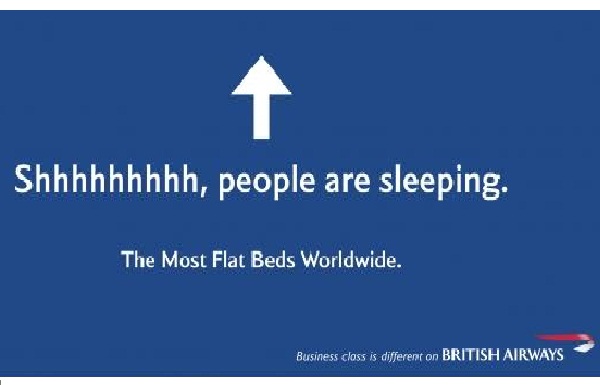
The online ad was designed in such a way that the ‘zz’ floated and after a few seconds the pop-up showed a flat bed in the reclined position. They targeted the exact user demographic that was likely to buy business class tickets and they chose a number of media outlets to run their ads at varied intervals. They made sure that the targeted audience will see their ad throughout the day .
British Airways’s Marketing Services Manager for North America Amy O’kane stated :"Someone wakes up, they see MSNBC and our ad; they see us on MetroNorth; they see us on coffee mugs at local delis in the financial district; they get to work and see us on Yahoo finance; they read their paper and see us.".
And she was right. As a direct result of the campaign, the awareness on flat beds in British Airways increased by 242% overall from January to March 2003.
4. The Two Fairies Campaign by Mark and Spencer
The brand started tweeting as two fairies and created a twitter handle #FollowTheFairies
The images of the two fairies were spray painted all over streets of UK. They created a huge organic buzz using both online and offline media. There were stories about fairies spreading joy in the form of gifts, cards and they even went to the extent of creating fake snow in a school.
https://twitter.com/thetwofairies/status/530509727017357313
After a week they revealed themselves and the christmas ad was released. By that time there was a huge fan following for the two fairies on Twitter and the campaign naturally took off. The Two Fairies still have a 33K+ following.
While integrating your online and offline marketing efforts, it is important to come up with a cohesive as well as profitable marketing strategy. It’s equally important to pass a consistent message through both online and offline channels. They may be two different platforms, but to your customers, it’s just one brand. Online or offline, it’s all marketing now.
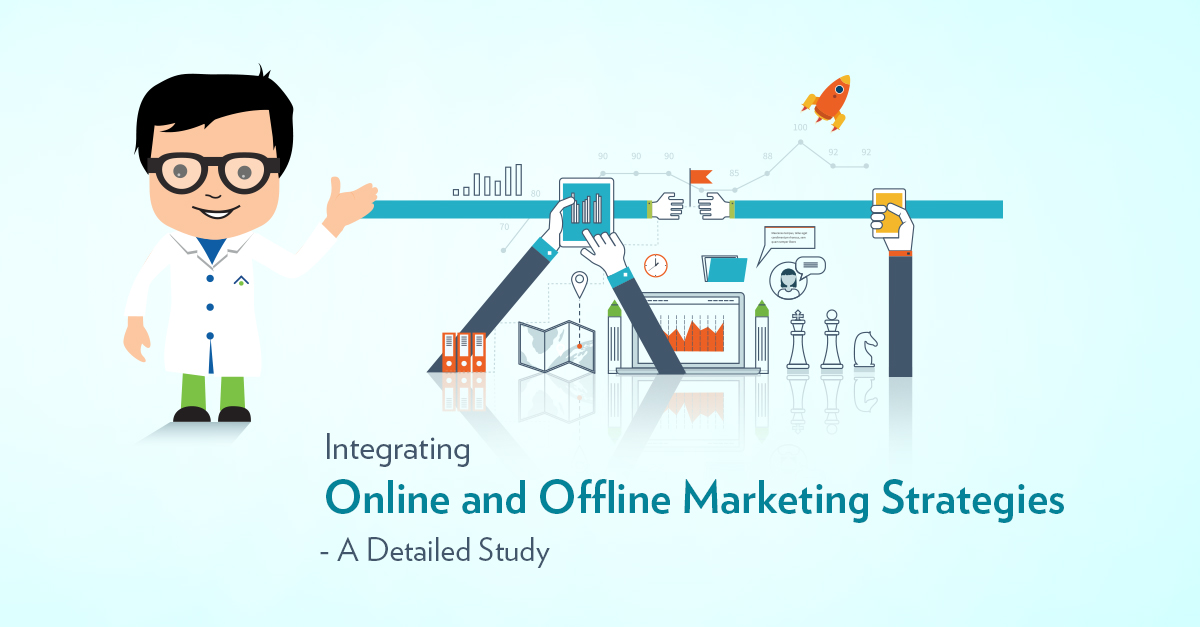
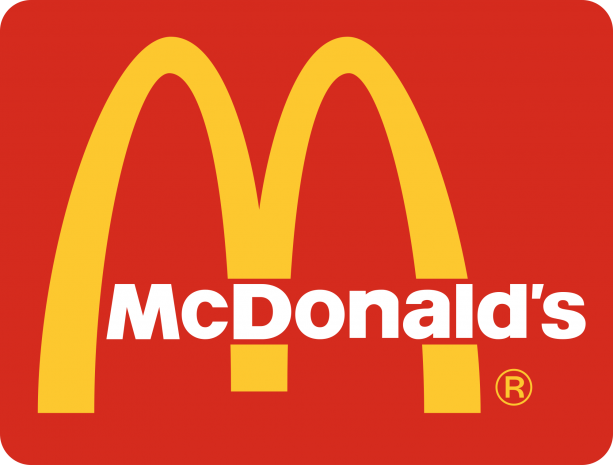
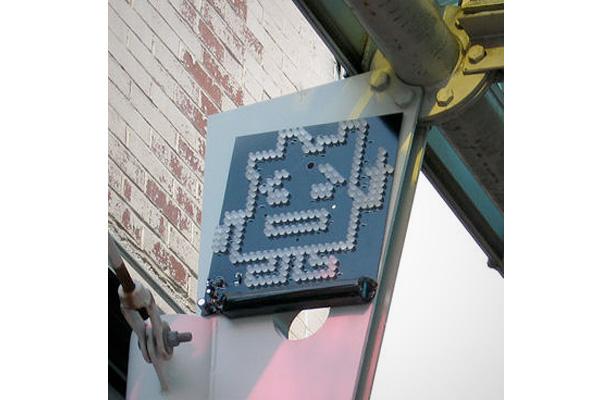
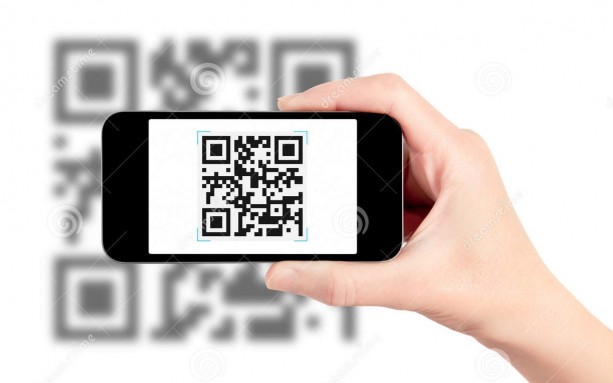
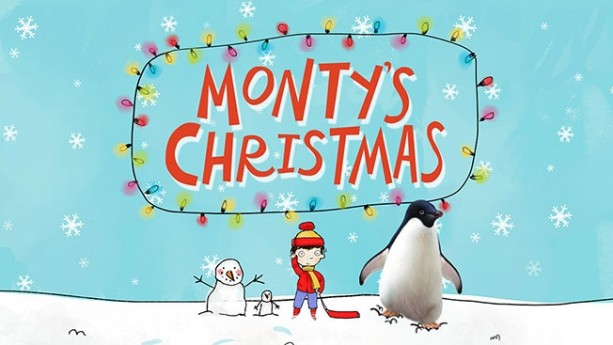


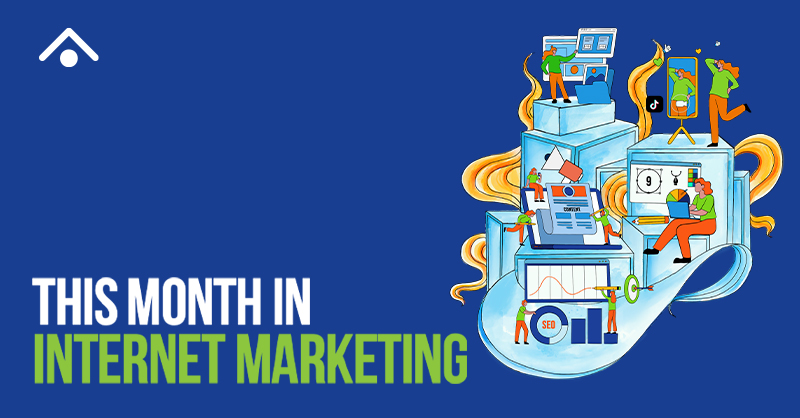



on
@Sreerenjini, Very informative blog post! The idea of QR codes is really appreciable and unique. People should also use roll up banner stands and other trade show displays to advertise or showcase their message to the public.
on
Interesting examples indeed. Hashtag contest is a good idea. It works well when your brand is huge and popular. Unless you know your way out, it becomes difficult to manage such thing. #MCDStories is a good example. But after all negative publicity is also a publicity.
Syncing online and offline marketing campaigns also become very obvious as more and more people are connected to both the mediums.